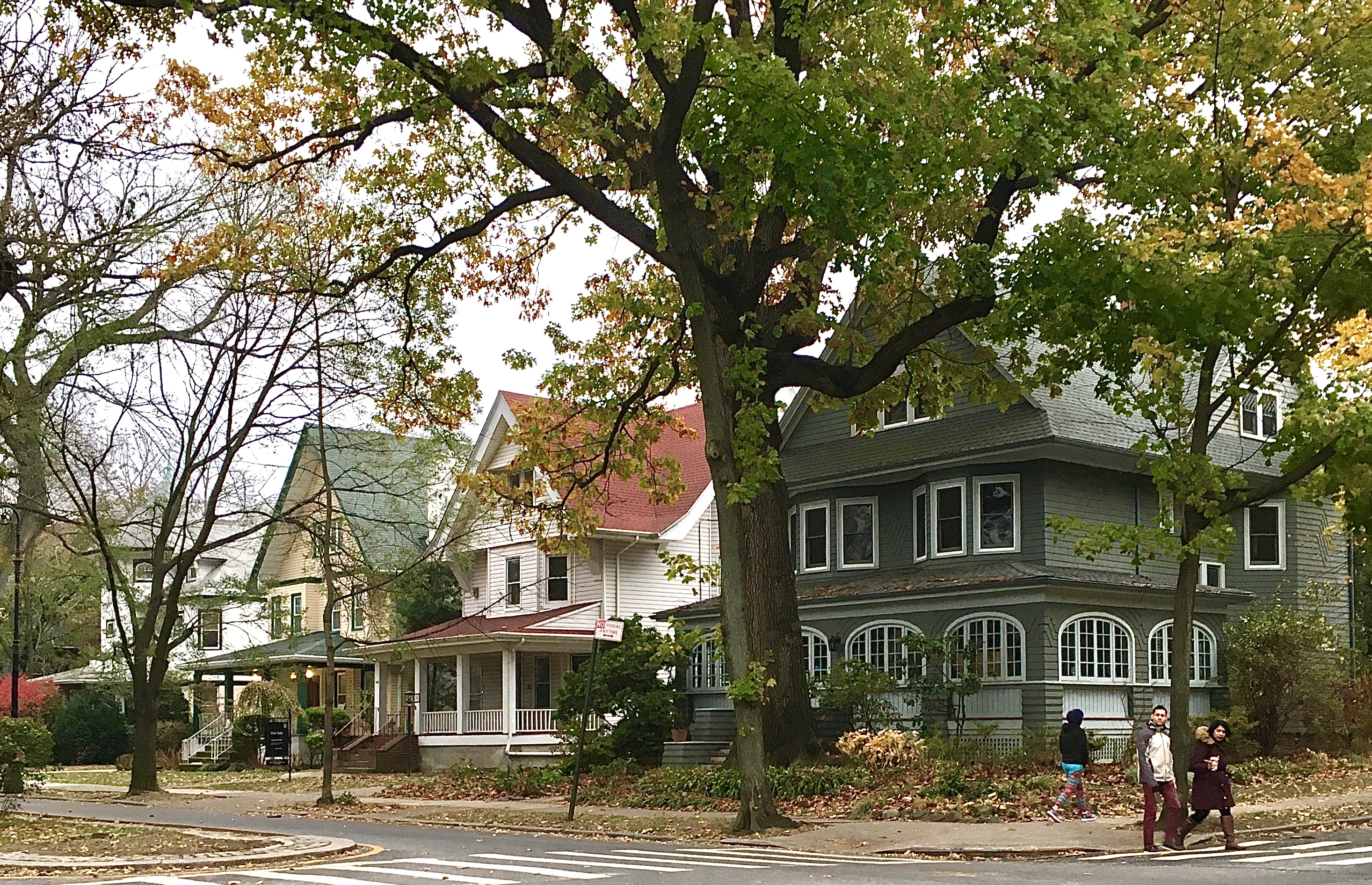Take an autumn stroll through Victorian Flatbush

Victorian Flatbush is a fine place for a stroll even on chilly, gray days. Photo: Lore Croghan/Brooklyn Eagle
Eye on Real Estate: What’s a walk that’s worth taking when fall weather turns wintry? One that involves Flatbush’s Victorian houses.
This is the neighborhood where you’ll find America’s largest concentration of freestanding Victorian homes. They have lawns and gardens and architectural flourishes such as turrets and porches. They are appealing eye candy even when it’s 40-something degrees and the skies are the color of lead.
Victorian Flatbush is located south of Prospect Park between Coney Island Avenue and Flatbush Avenue. It consists of 11 micro-neighborhoods developed more than a century ago as suburban enclaves for commuters on the Brooklyn, Flatbush and Coney Island Railroad.
